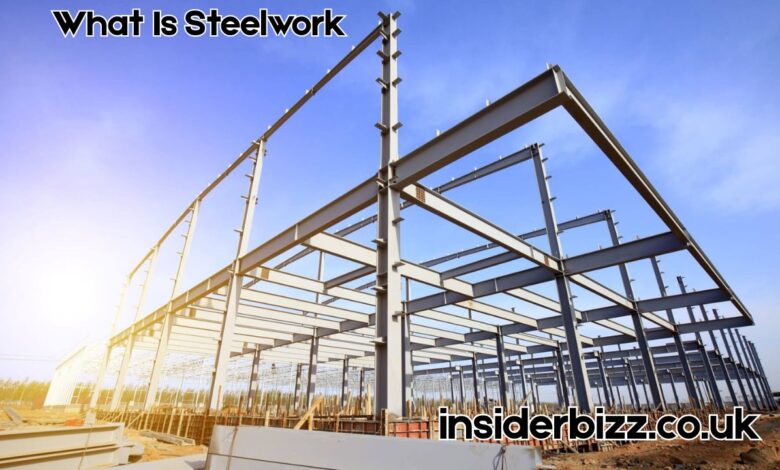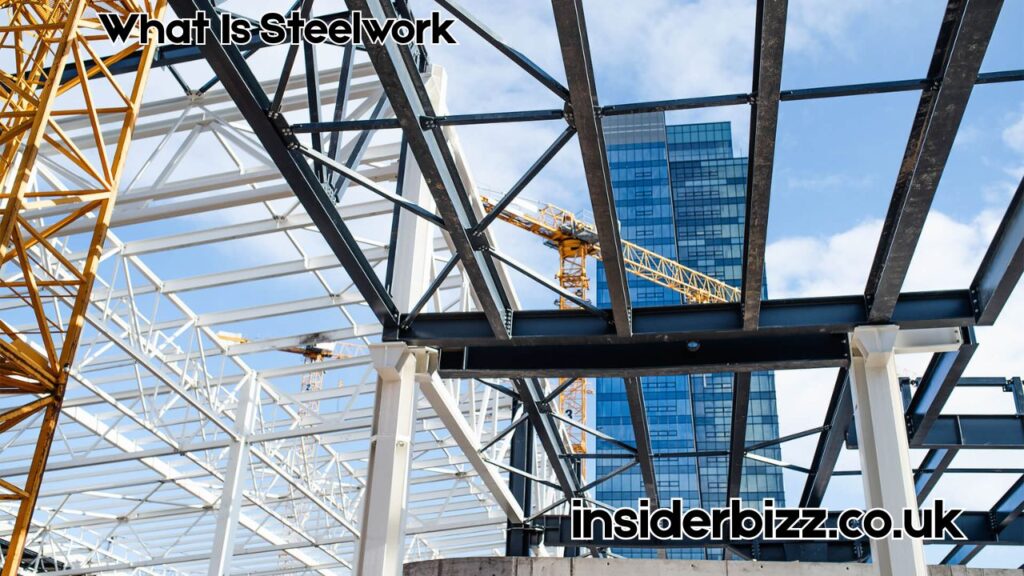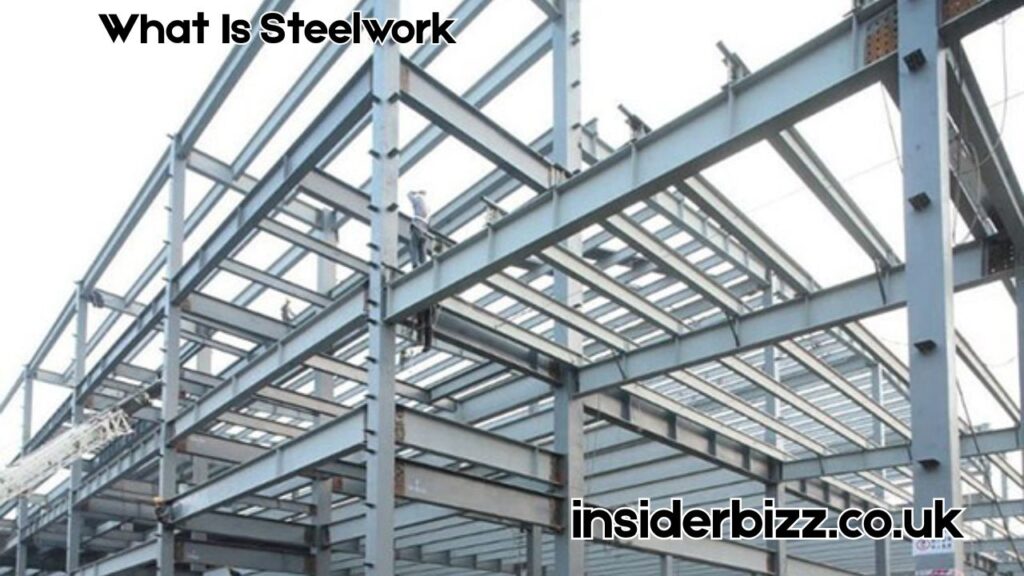
What Is Steelwork: Understanding Its Role in Modern Construction
Introduction
What is steelwork? This seemingly simple question opens the door to a vital aspect of modern construction and structural engineering. Steelwork is the backbone of many buildings, bridges, industrial plants, and infrastructure projects. Its importance cannot be overstated, as it supports not just physical structures but also the ambitions of contemporary architecture and urban development.
In today’s world, steelwork isn’t just about beams and bolts—it represents innovation, precision, and resilience. It blends engineering science with practical craftsmanship to create strong, efficient, and long-lasting frameworks. Understanding what steelwork truly involves helps us appreciate the complexity behind the everyday structures that surround us.
What Is Steelwork, Exactly?

At its core, steelwork refers to the design, fabrication, and installation of steel components used in construction. These components can range from simple support beams and columns to complex, prefabricated frameworks that form the skeleton of multi-story buildings and industrial facilities.
When asking what is steelwork, one must look beyond the material itself. Steelwork encompasses an entire process—starting from the selection of steel grade, through engineering design and drafting, all the way to the cutting, welding, and final assembly on-site. Each stage demands precision and compliance with structural standards to ensure safety and durability.
The Role of Steel in Modern Architecture
One of the key answers to what is steelwork lies in its contribution to architectural freedom. Steel allows for wide spans, open interiors, and unusual building shapes that would be impossible with traditional materials like concrete or timber. This is why steel frameworks are common in high-rises, stadiums, airports, and even art installations.
Its strength-to-weight ratio makes steel ideal for constructing tall or expansive buildings without requiring massive supporting columns. The result is both a visual and functional advantage, giving architects more flexibility in design and space utilization.
Steelwork in Engineering and Infrastructure
From an engineering perspective, what is steelwork also involves calculating loads, stress factors, and environmental conditions. Steel structures are engineered to withstand dynamic forces—such as wind, vibration, and seismic activity—while remaining cost-effective and efficient to install.
Beyond buildings, steelwork is foundational to infrastructure projects such as bridges, transmission towers, pipelines, and railway stations. Its ability to handle extreme conditions and heavy usage over time makes it indispensable to civil engineering and public works.
Fabrication: The Heart of Steelwork
Another important part of answering what is steelwork is understanding the fabrication process. Steel components are rarely used in raw form. Instead, they go through a series of stages that include cutting, drilling, bending, welding, and sometimes coating or painting for corrosion resistance.
Modern steel fabrication facilities use advanced CNC machinery and automated systems to achieve high levels of accuracy and repeatability. Fabricated steel sections are typically transported to the construction site, where they’re assembled according to detailed plans. Every piece must fit perfectly—precision is not optional, but essential.
The Workforce Behind Steelwork
When discussing what is steelwork, it’s also important to consider the people who make it happen. Steelwork brings together structural engineers, drafters, welders, riggers, machine operators, and site supervisors. Each role is crucial, and all must work in sync to ensure the structure’s integrity.
This workforce must be highly skilled and certified, as safety is a constant concern in both fabrication shops and construction zones. The success of any steelwork project depends not just on materials and machines, but on the competence and coordination of the professionals involved.
Sustainability and the Future of Steelwork
Another aspect of what is steelwork in today’s context involves environmental responsibility. Steel is 100% recyclable, which aligns it with green construction practices and circular economy principles. Many steel structures use recycled materials and are designed for future deconstruction and reuse.
Innovations in steel production and alloy development are also making the material stronger, lighter, and more sustainable. As the construction industry faces pressure to reduce emissions and environmental impact, steelwork is evolving to meet those challenges without compromising on performance.
Common Applications of Steelwork
To fully grasp what is steelwork, one must look at its range of applications. These include commercial buildings, warehouses, skyscrapers, parking garages, sports arenas, power plants, and transportation hubs. Even smaller structures—like staircases, gates, and balconies—may involve custom steelwork.
In every application, steel is chosen for its durability, fire resistance, design versatility, and speed of installation. These qualities make it a go-to solution for both temporary structures and permanent, large-scale developments.
Challenges and Considerations

Although steelwork offers many advantages, it also presents challenges. Weather can delay on-site assembly. Improper welding or poor alignment during installation can compromise a structure’s safety. That’s why all stages of steelwork must follow stringent quality control measures and building codes.
Another challenge involves costs. While steel is often cost-effective in the long run, fluctuations in raw material prices or transportation can affect budgets. Understanding what is steelwork also means acknowledging the logistical and economic factors involved in its execution.
Conclusion
So, what is steelwork? It is far more than a construction method—it is a fusion of science, engineering, design, and human skill. Steelwork supports the built environment in ways we often overlook, providing the hidden frameworks behind the buildings and bridges that shape our daily lives.
As technology evolves and architectural ambitions grow, steelwork remains central to progress. Its strength, versatility, and sustainability continue to make it one of the most trusted construction methods of our time. Whether seen as a practical solution or an enabler of architectural innovation, steelwork stands tall—both literally and figuratively—as a pillar of the modern world.
Also Read: Apparatus Dew Point: Understanding Its Role in Air Systems and Humidity Control



